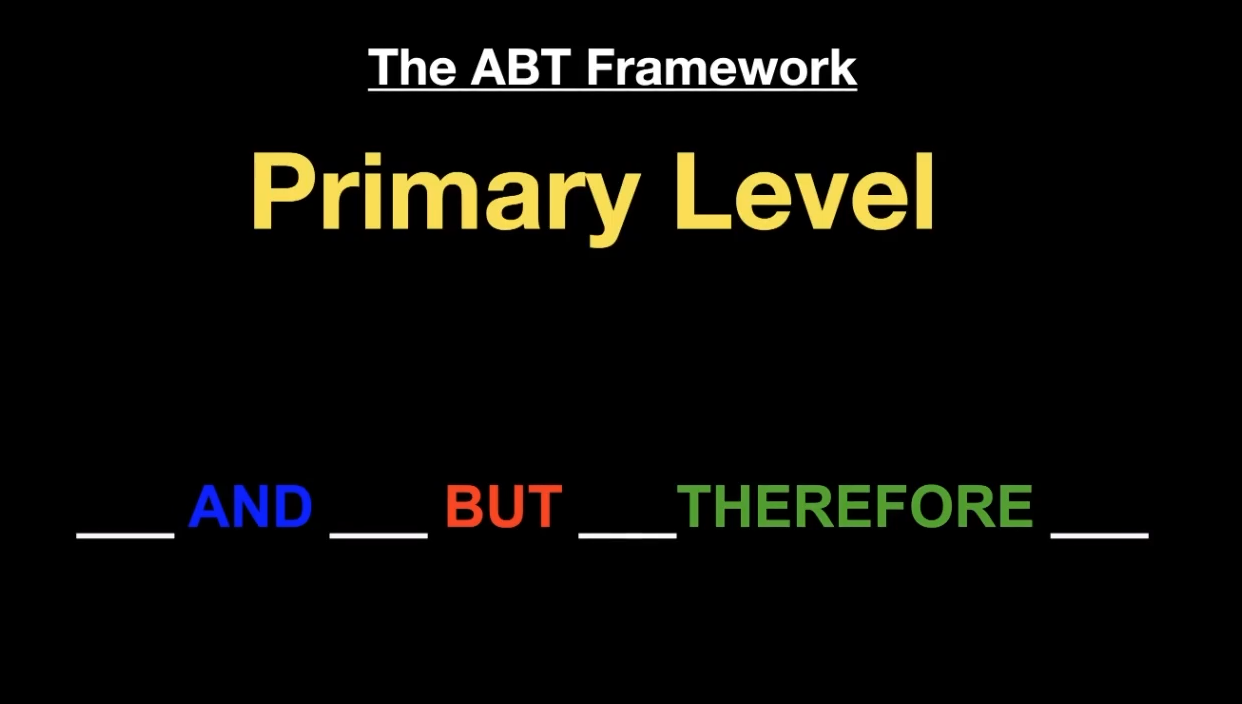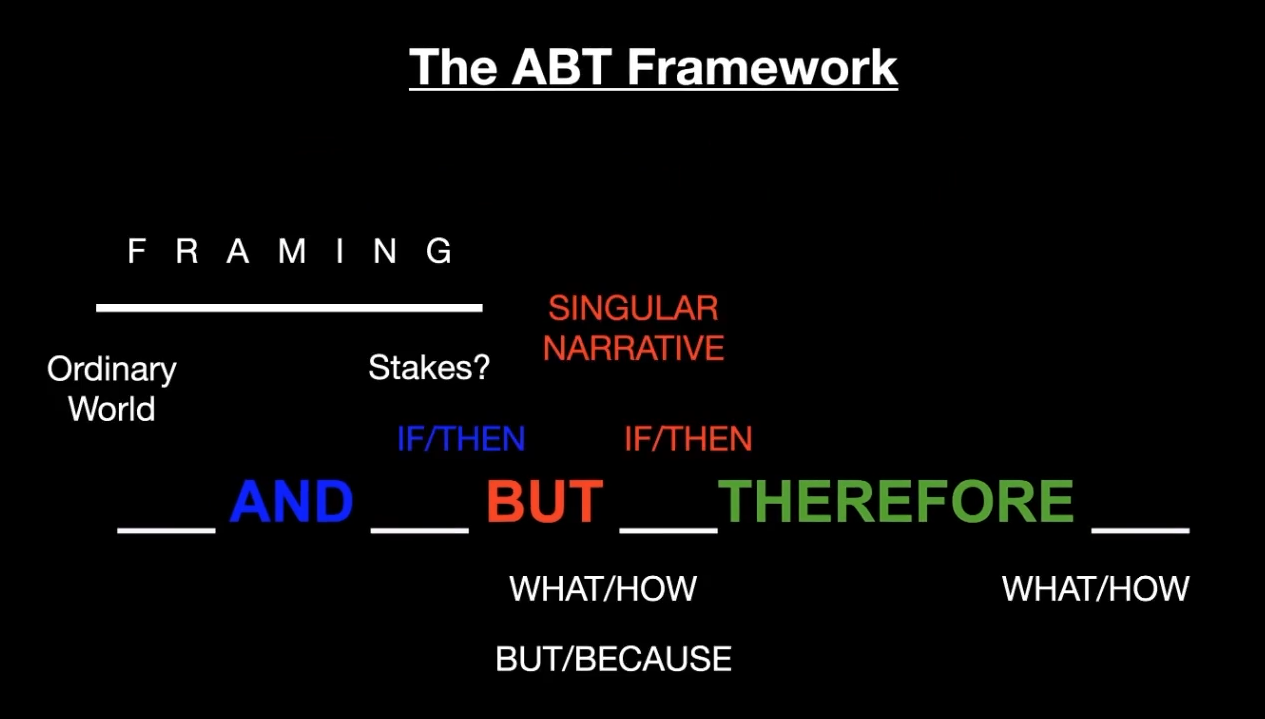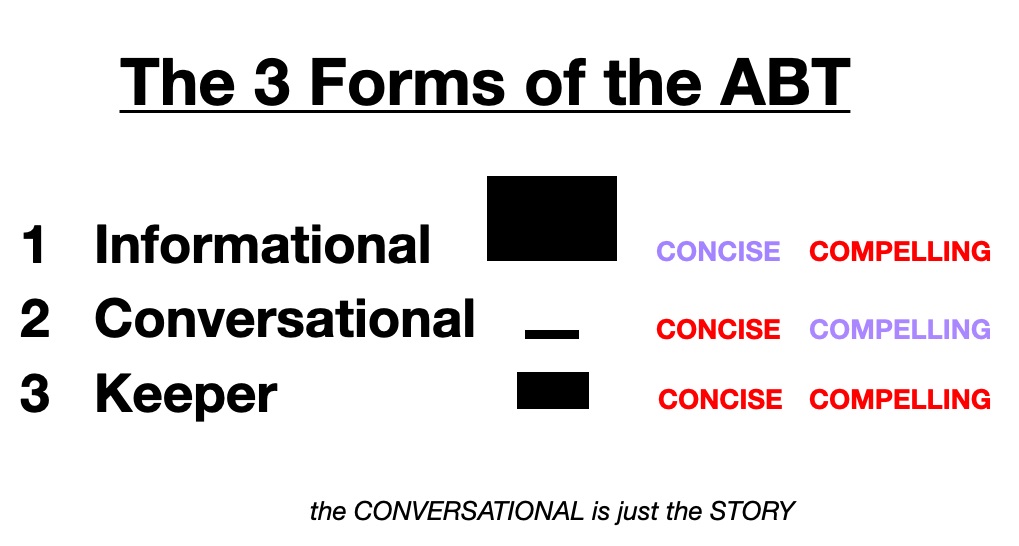ABT Framework Pfizer Mini-Course
Contents
Sign up to host your Working Circle here (separate page)
Sign up to participate in Working Circes (separate page)
Session 2 Resources – Primary & Secondary Level
Social Media – Keep up with us on the web
Synopsis on Working Circles – If you’re new to Working Circles, start by reading this.
Working Circle Half Hour Schedule – Use this to guide you through how to host your half hour Working Circle.
To complete the class, you must sign up to host 1 Working Circle and sign up to participate in 2 Working Circles.
Sign up to host a Working Circle
- Pick an available half hour time slot on this page.
- Fill in your first name, last name, and a short title for your Working Circle based on your ABT.
Host responsibilities
- Email your participants your ABT before the Working Circle so they have time to review it – we’ll send you the list of your participants’ email addresses 3-5 days ahead of time.
- You can send your participants a revised ABT of what you originally submitted to class or use a brand new ABT all together.
- During the Working Circle, use the ABT Blue Card and follow the half hour schedule.
- You’re the moderator of the discussion, so do your best to make sure everyone gets a chance to speak and provide input.
- We’ll send you and your participants a Webex link for your Working Circle 3-5 days before you’re scheduled to host, so no need to worry about that.
Participant responsibilities
- Sign up to participate in a minimum of 2 Working Circles. Sign up here.
- Review the ABT that the host sent you ahead of time and come up with your version of the 5 Word Problem (this will be discussed in class) for the host’s ABT before the Working Circle starts.
- (Optional) Participants can rewrite the host’s ABT and present the rewritten ABT to the host during the Working Circle. This approach is for participants who want a little extra practice and to give the host more options and ideas for rewriting their ABT. So far we’ve had reports back that hosts are incredibly grateful when participants do this.
- Be prepared to use the ABT Blue Card and all the tools you’ve learned in class to help the host clarify their narrative.
Time: Thursdays – 9 AM PDT (Los Angeles Time) / 12:00 PM EDT
August: 4, 11, 18, 25
September: 1
It’s recommended you watch the full AAAS video for an overview of the ABT:
Uri Hasson’s Paper on Neurocinematics – For a look at how narrative and non-narrative effects the brain. This paper was referenced in the AAAS video.
A clip of South Park Creators Matt Stone and Trey Parker talking about the ABT and the Rule of Replacement:
Optional Exercise #1: The 5 Word Problem
“What’s the problem?” is the most common question Randy asks during the ABT Builds. For this exercise, look at your ABT and try to finish this sentence “The problem is _____” and use only 5 additional words.
Examples: The problem is bad resource management.
The problem is the old method doesn’t work.
The problem is we have bad data.
Stripping down your problem to just 5 words can help you clarify what your narrative is actually all about and focus in on the real problem that you want to address.
Optional Exercise #2: The “Matt Template” – Maximizing Contrast with Heaven and Hell
The simplest of all forms of the ABT we’ve found so far is the Matt Template, which boils down to:
Heaven AND Heaven BUT Hell THEREFORE Action.
We’ve found this format of structuring an ABT incredibly effective in setting up a HUGE contrast from the peaceful, calm Heaven of the AND to the Hell of the BUT.
And like we mentioned in the AAAS video, audiences are drawn to contrasts. Our brains are attuned to conflict. The greater the conflict, the more you have the audience’s attention.
But so many ABTs are muddied because they’re structured with problems in the AND section (which ruins the peaceful Heaven) or a Hell that isn’t enough of a stark contrast. The less contrast you have, the less likely you are to cut through the noise and grab your audience.
So for this exercise, rework your ABT to the Matt Template to highlight the contrast. Make your Heaven as ideal as possible and your Hell as terrible as possible.
Pro tip: A lot of people get stuck with making their Heaven in the past, which might not be Heaven-ish enough. Sometimes the past just isn’t all that great! If that’s the case, focus instead on the future in the AND – a bright, perfect Heaven of a future where everything works out according to plan. Then, take that Heaven away from the audience with a highly contrasted BUT of what’s standing in the way of that perfect future.
Session 2 Resources – Primary & Secondary Level
You can now sign up to participate in Week 1 Working Circles. Sign up here.
Primary level:

Secondary level:

Optional Exercise #3 – “This is a story of…” – Processes – Wants & Needs
This is another exercise that would be handy to have done before your in class ABT Build with Randy because Randy asks this question for roughly 99% of ABT Builds.
For this exercise, tell us what your ABT is about by finishing this sentence and using only 3 additional words “This is a story of____.”
It seems simple, but this exercise is tricky because participants tend to focus on the subject. But stories need more than a subject, they need action. Processes are where you find that action. Common processes for ABTs could include adapting, managing, protecting, restoring, strategizing, educating.
Examples:
- Protecting a species
- Strategizing building restoration
- Managing conservation efforts
- Restoring wildlife
- Adapting to change
- Educating our stakeholders
Look at this example ABT:
Congressional funding is a key requirement for the continuation of important avian research, and we know that our research allows us to be better able to manage our wildlife habitats and protect endangered species. But program managers don’t feel confident about securing future funding because some research areas are not receiving enough attention. Therefore, we need to effectively promote the proven success in these research areas to secure future funding.
When asked to complete the sentence “This is a story of____,” a possibility is “This is a story of avian research.” But this is just the subject and it doesn’t tell us what action is taking place in this story.
Instead of the subject (avian research), focus on the process. If you wanted the process for the broader story, the Ultimate Goal, then the process might be “secure,” since ultimately the purpose is to secure the future funds. “This is a story of securing future funding.”
“Securing future funding” is the Want, which is our big overarching goal. But how exactly will you achieve that grand goal? For that you need specific action, something that you’ll actually be doing to achieve that goal. This specific action is called the Need.
So in order to achieve our Want of securing future funding, what we NEED to do is promote our successes. This narrows it down to a more specific process: “This is a story of promoting our successes.”
Want: Securing future funding.
Need: Promoting our successes.
Fulfilling the Need will lead us to succeeding at the Want.
Try to fill in “This is a story of____” for your ABT using only 3 additional words (focusing on the process) or less. Do one version for the Want (the grand goal) and one version for the Need (the specific process to achieve the grand goal).

Three Forms of the ABT – It’s recommended you read this excerpt from Houston, We Have a Narrative and get an understanding of the cABT (Conversational ABT).
Uri Hasson’s Paper on Neurocinematics – For a look at how narrative and non-narrative effects the brain. This paper was referenced in the AAAS video.
Optional Exercise #4: cABT – Starting from simplicity
Randy might ask you the cABT version of your ABT, so for this exercise you’ll prepare your cABT ahead of time.
The cABT should have all specifics stripped off of it. Use nothing but generic words, like “thing” and “stuff.” For example, if your ABT dealt with a new way to clean junk from the ocean that’s an improvement and the old system is outdated, the cABT would be “We had a thing we were using for a while, but it’s not working that great, so now we want to use a better thing.”
See? We can’t tell that you’re working on cleaning the environment. You could just as well be telling me that you’re implementing a new accounting system at your bank for all we know. That makes it a good cABT.
This exercise is important in making sure you have an easily understood base narrative, that you really know what the narrative core of your ABT is all about. And then from the base cABT, you can start adding specifics again when constructing your kABT.
Optional Exercise #5 : IF/THEN – The tool of HOPE and FEAR
The IF/THEN tool is incredibly powerful at helping to set the stakes and getting very specific. You can use it in the Blue section and it can be a tool for Hope, showing what Heaven could look like it all goes according to plan. Or you can use it for Fear in the Red section, showing how bad Hell can be if everything falls apart.
But what should your IF/THEN be about? To answer that, go back to the optional exercise “This is a story of…” – Processes – Wants & Needs ‘‘ and find your Wants and Needs.
Let’s look at the example we used.
Congressional funding is a key requirement for the continuation of important aviation research, and we know that our research allows us to be better able to manage our wildlife habitats and protect endangered species. But program managers don’t feel confident about securing future funding because some research areas are not receiving enough attention. Therefore, we need to effectively promote the proven success in these research areas to secure future funding.
For the example ABT, the goals where:
Want: securing future funding
Need: promoting our success.
Now that you have the goals, try crafting them into IF/THEN statements, both positive and negative, and see if you find any variation that has some power. If it helps, you can put them into the form of questions like the ones below for you to answer:
- If you can secure future funding, then what happens? (Hope)
- If you do a good job at promoting our successes, then what happens? (Hope)
- If you can’t secure future funding, then what happens? (Fear)
- If you fail to promote our successes, then what happens? (Fear)
Try asking questions like this for your own ABT’s Wants and Needs and see if you can properly set the stakes using the tool of Hope or Fear.
Session 4 & 5 Resources – Singular Narrative
The One Thing:
Nicholas Kristof’s Advice for Saving the World – The importance of the singular narrative. Once you increase the size of a narrative from one person in need to two people in need, compassion drops in the audience.
Compassion Fade: Affect and Charity Are Greatest for a Single Child in Need – The research article that “Advice for Saving the World” references.
‘Data-Driven’ Campaigns Are Killing the Democratic Party – The article in which Dave Gold coined the term “Christmas Tree” when looking for an overarching problem. It’s okay to have several problems in your narrative, but you need to find the overarching Christmas Tree problem for your narrative that all the other problems can hang off of like ornaments.
Optional Exercise #6: Using the Dobzhansky Template to find your “One Thing.”
Restructure your ABT in the form of a Dobzhansky Template to help you find your singular narrative. This is an excellent tool to use during Step 1 of the ABT Blue Card.
Dobzhansky Template: Nothing in _______ makes sense, except in the light of ________.
Examples: Nothing in biology makes sense, except in the light of evolution.
Nothing in geology makes sense, except in the light of plate tectonics.
Nothing in the management of mule deer makes sense except in the light of correctly estimating abundance.
Nothing in the challenge of teaching human anatomy makes sense except in the light of time management.
Science Needs Story – Randy Olson’s Blog.
@ABTAgenda – Follow Randy on Twitter.
ABT Time Podcast – All things ABT, start to finish. In this weekly hour long post Randy will discuss observations, applications and implications of this powerful tool that is at the core of his narrative training program and effective communication of all forms.
ABT Framework Course & Story Circles Grads – A private Facebook group just for graduates of the course where you can post about any ABT related topic you find around the ‘net. Once you request access, we’ll let you in.
Story Circles & ABT Training – An open-to-all Facebook Fan page.
The ABT Agenda Newsletter – We send out a newsletter a few times a year with new ABT related events, news, and course updates. If you sign up, we promise not to spam you with tons of junk!
“They Say / I Say” – A book on arguing in an ABT-like style.